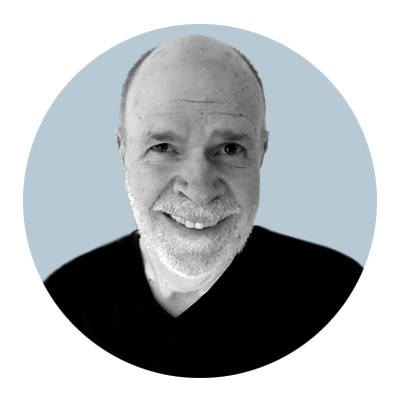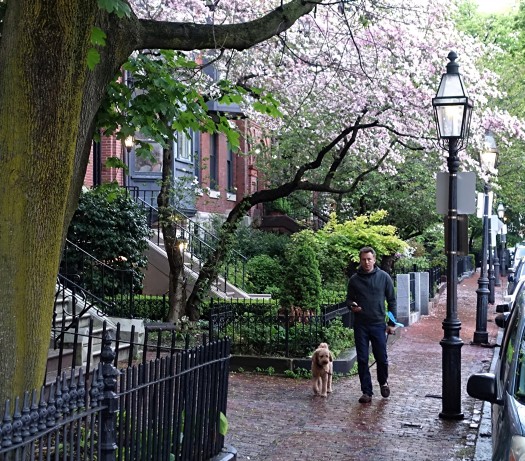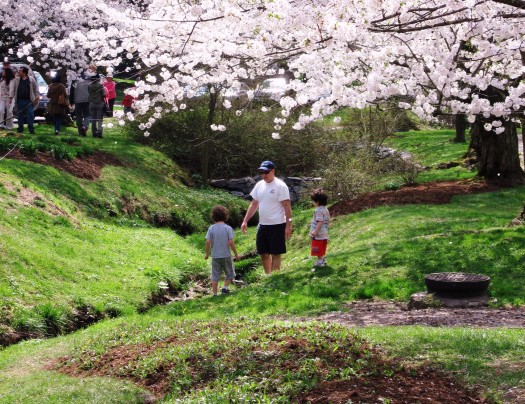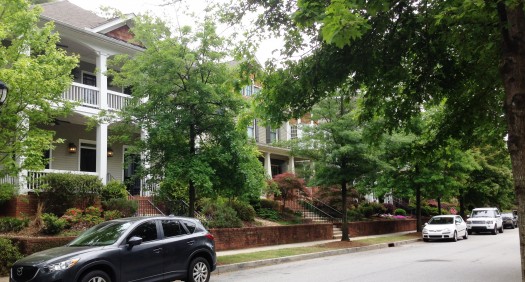A Placemaking Journal
A Pirate Looks at . . . Seventy? (Reflections on a Long Career, with Six Essentials for Greener, Healthier Communities)
Most people who know my work expect the writing I do in this space, as well as my speaking, to focus on what we should be doing to create and sustain greener, healthier communities. Don’t worry, that’s eventually where this particular piece of writing is going. I can’t help myself when it comes to that subject. But I’m not going to start there: allow me to self-indulge my way around a few personal detours first. I’ll try to make them entertaining.
On Pirates and Reflection
First, I’m in a reflective mood as I write this, and that has prompted me to think of Jimmy Buffett, the laid-back troubadour of carefree coastal life in the American South, and musical and lifestyle hero to Parrotheads everywhere. Jimmy and I are about the same age, both in our early 70s. (Actually, he is a year older, but who’s counting?) I’m happy to report that both of us are still going strong. Jimmy has come to mind because of the title of his reflective and much-loved song, “A Pirate Looks at Forty” (check out this gorgeous mature version featuring harmonies by Sarah McLachlan). An excellent writer of prose as well as music, Jimmy reprised the theme for his midlife memoir A Pirate Looks at Fifty. The book went to number one on The New York Times bestseller list in 1998.
Add a couple of decades and those titles suit me. I’m far from a pirate (or a Parrothead, though I do like much of the music), but I can relate to the song’s lyrics about a guy who as he matures comes to the realization that one’s opportunities in life are limited and that some things he might have once aspired to are not really available (“my occupational hazard is my occupation’s just not around”).
That happens and, if the realization begins to take shape in midlife, it becomes much more pronounced in later decades. You begin to understand that your years left here on earth are finite. It’s time to shed the things that are not productive or enjoyable, and focus on those that are available and most important to you. This elicits a very different set of feelings and aspirations than you might have had in your younger days.
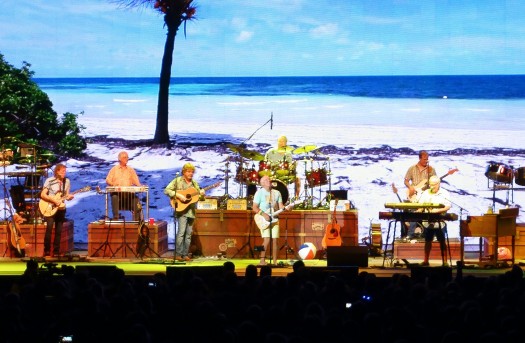
One more thing about Buffett: I also can relate a bit to Jimmy himself. We both have southern roots and, way back in the day, I too was a singer-songwriter, albeit a part-time one. I played music somewhat similar to his, minus the overplayed party anthems about cheeseburgers and margaritas (although, now that I think about it, I did once write a song with a reference to tequila) and, alas, definitely minus Jimmy’s charisma. Keeping my day job was a smart move.
But if I’m not a pirate, well, I haven’t exactly followed the career path of a traditional lawyer, either. Today, I love working on policies that further greener, healthier places, and I’ve been very lucky to be able to do exactly that and even be compensated for it over the last few decades. But I didn’t come to this kind of work as part of any grand scheme.
One Step at a Time
Heck, when I left high school, I thought I was going to go into science or engineering, not law and policy. After graduating from law school, I thought seriously about abandoning the legal profession for music. There were no role models in my family for professional careers and, really, I’ve just been following my instincts and the opportunities that have come to me, one step at a time, learning as I go along, and having faith that I will be able to figure things out when I need to.
I initially worked for government agencies, then a corporate law firm, then the US Department of Justice, where I first began to work full-time on environmental issues. From there I found my way to the nonprofit Natural Resources Defense Council, my professional home for 33 fantastic years before I joined PlaceMakers in 2015. But I first went to NRDC not to work on cities and towns but to litigate cases involving the national forests, because that was the work for which NRDC had an opening when I decided to leave government. I was able to find terrific partners and assemble some great teams, and for a decade we did important, precedent-setting work, particularly in the Rocky Mountains and southern Appalachians. I’m proud of that work.
Eventually, though, I tired of litigation and wanted to work on solution-oriented advocacy. Others at NRDC were working on urban environmental issues before me, but it was in piecemeal fashion; there was no structured activity or program on smart growth or sustainable communities until I found some like-minded colleagues to work together and start one (thanks especially to David, Mark, Amanda, and Ashok for that). My ability to think about policy issues analytically and strategically continues to be strongly shaped by my legal training and experience, but my subject-matter knowledge of what works for improving cities and towns has come only from a keen interest in the subject matter, a knack for finding good mentors along the way, and intensive study on my own.
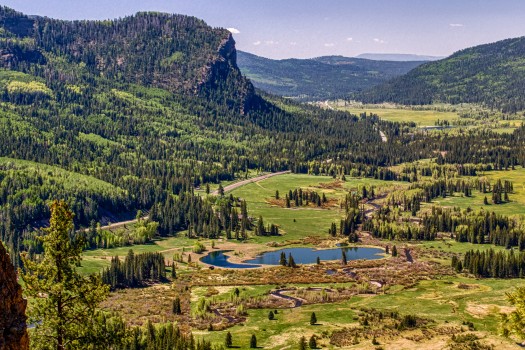
I had an opportunity to reflect on all this recently when my good friend John Simmerman of the organization Active Towns invited me to appear on a podcast that he hosts. John is an awesome interviewer, and I’ve never had a better time in an interview session, nor been able to be more authentic, than in this one (and I’ve done a lot of them over the years). We talked about principles for green, healthy, and lovable communities, to be sure, and about the necessary ingredients for a good neighborhood.
But we also talked about my career, my background, my writing, my love of bicycling, and how at this age I have (to use John’s words) “a different relationship to the bike” than I used to. On that last point, no kidding: I used to think of myself as one of the stronger and faster riders in my cycling club; I never raced, but I could keep up with folks who did, so long as they weren’t trying to drop me (in which case I was toast). Now I mostly just do short loops from my house, very carefully, on an e-bike.
We also talked about how, especially with age, you can’t do everything you might like (that pesky truth again), at least not well, and you have to let go of stuff. I no longer teach a law school class on sustainable communities, for example, although I think I may still be technically on the roster of adjunct faculty at George Washington University. After 20-plus years, I also finally stepped away from the board of directors of Smart Growth America, a wonderful and effective organization I helped found. I got sentimental about that one, but it was (and is) time to let younger generations steer that ship.
(You can listen to my conversation with John here.)
Greener, Healthier Communities, Boiled Down to the Essentials
If the bad news is that your options narrow with age, the good news is that, if you’re lucky, so do your obligations. Being mostly but not entirely retired I now have a chance to focus on what’s dearest to my heart, and most enjoyable, personally and professionally. In the case of my work-related writing and speaking, what I enjoy most is keeping up with the environmental and town-design research and sharing what I have learned over the years about green and healthy places.
In our interview, John encouraged me to talk about six principles that I emphasized in a recent presentation to the annual Build Maine conference. (I was glad that John steered our conversation in that direction because I really worked hard on that presentation, and with limited time on the agenda I had to boil my thoughts down to the essentials.)
I’m going to share the six points here, but I want to preface them with some important premises. First, everything we do in the business of making better communities must be done with keen attention to equity. If people of color and lower-income folks are not sharing in the benefits we create by our principles and actions, it’s time to stop and rethink them until we get them right. Although I don’t have space to discuss the details here, we need to do serious work on things like affordable housing and equitable transit-oriented development. Equity is now at the forefront of our national discourse for good reason.
Second, it is also imperative that we address climate change and public health as top priorities in everything we do. With respect to climate change, we are witnessing the devastating and worsening effects of global warming daily. The US is the largest per capita emitter of greenhouse gases among the world’s large economies. With respect to public health, life expectancy in the US now lags significantly behind that of other developed nations; some forty percent of American adults are now obese, and by some estimates 100 million of us have high blood pressure. With these sobering truths come responsibilities when it comes to shaping communities.
Third, I’m not saying that my six key principles are the only things we need to do, or even that they are always the most important for every community. But I do think they are important, and that they apply to communities large and small. They also are ones that I happen to know fairly well, and on which I think I have something to share.
While the details will vary from one location to another – different places have different needs and opportunities – communities that adhere to these principles will, in my opinion, be on the right track for becoming greener and healthier. Here they are:
1. Celebrate and invest in walkable neighborhoods. While “walkability” has become a bit of a cliché in urbanist (and real estate) circles, that’s mainly because what’s important tends to get repeated a lot. Walkable neighborhoods are the building blocks of sustainable cities and towns. Just glance at almost any suburban commercial corridor built in the last half-century, however, and you can see why, unfortunately, Americans don’t walk very much (significantly less than residents of peer countries such as Germany, the United Kingdom, and even Canada, for example).
In my review of the literature, three things have come up repeatedly as characteristics of a good neighborhood for walking: well-connected streets; good pedestrian infrastructure; and shops, services and amenities to walk to within walking distance of homes and workplaces. Extensive research demonstrates that, when the right ingredients are in place, residents of a walkable neighborhood will weigh less and have lower blood pressure than residents of a less walkable one, even if the studies are controlled for socioeconomic differences among their subjects.
(Note: citations and links for much of the research cited here – and more – can be found on the PlaceMakers website at www.codescore.org.)
2. Provide an abundance of accessible nature. Increasingly, urbanists are becoming articulate advocates for street trees, and that is a very good thing. But I hope those of us who care about cities and towns (and about people and the environment) can do much more than that, because nature in all its forms is a wonder drug for the environment and for communities: For climate resilience, nature in cities and towns absorbs carbon dioxide and other pollutants from the atmosphere; absorbs stormwater and other precipitation before it becomes polluted runoff; and helps moderate temperatures, reducing energy consumption and associated carbon emissions.
For human health, proximity to nature is associated in the scientific literature with reduced hypertension, improved heart and lung function, improved academic performance for students, improved mood and reduction of depression and anxiety, and even improved longevity. A sophisticated “study of studies” involving eight million subjects in seven countries concludes that, the more green space within 500 meters from one’s home, the longer one is likely to live. Community nature is an important equity concern, too, because communities of color and low-income people tend to have less of it in their neighborhoods; we need to address that.
3. Be thoughtful about where to build. This one is so important. Suburban sprawl has wreaked havoc on the American landscape, destroying or fragmenting wildlife habitat, farmland, and scenic beauty while spreading pavement around previously well-functioning watersheds. In addition, as we have spread out, we have grown traffic five times more than we have grown population over the last half-century, causing transportation to become the fastest-growing and now the largest sector of America’s global warming emissions.
Instead, we should be utilizing sites within the existing development footprint for restoration, building, and rebuilding; if close to downtown or along transit corridors, so much the better. In 2017, a sophisticated “meta-regression analysis” of data from 37 published and peer-reviewed academic studies found that halving the distance between a given development location and the regional center would reduce per capita driving by that development’s residents as much as 32 percent. (This is mostly because, whether one actually goes downtown or not, central locations tend to shorten travel distances within a region.)
4. Embrace density. At human scale. If it is well-located, urban density can bring with it a range of benefits for communities and green and healthy living, including increased walkability, strengthened tax revenues on a per-acre basis, reduced carbon emissions and stormwater runoff per unit of development, and lower costs per unit for infrastructure construction and maintenance. These benefits are well-documented. But not every neighborhood or community (think about smaller towns and cities, for example) is suited for truly high urban densities.
Fortunately, the research shows that substantial environmental benefits in the form of reduced driving rates and stormwater runoff per unit, compared to large-lot sprawling subdivisions, can be achieved at very moderate and human-scale densities between nine and fifty units per acre. (Increasing density beyond fifty units per acre, the scale of Boston’s historic Beacon Hill neighborhood, shown above, will increase benefits further, but not by much.) Some of my favorite newer infill neighborhoods, such as Denver’s Highlands’ Garden Village and Atlanta’s Glenwood Park, utilize a mixture of single-family homes, townhomes, and moderately sized apartment/condo buildings to achieve average densities in the range of 20-30 homes per acre.
5. Promote green & healthy buildings. Green building advocates seldom pay much attention to community design, and people concerned with city design seldom pay much attention to the environmental characteristics of buildings. (I pushed for years to persuade smart growth organizations to include green buildings in their agendas but was largely met with indifference.) That’s a shame, because to the environment both issues matter a great deal. Indeed, by some estimates residential and commercial buildings are responsible for almost 40 percent of US carbon emissions.
I think we should begin by taking care of what we have, and adapting our older building stock, particularly buildings of character, to new uses whenever possible. In the eloquent words of preservation architect Carl Elefante, “the greenest building is the one that is already built.” And, when we construct new buildings, we should design them to be healthy and meet green standards. The federal Department of Energy, reviewing the performance of buildings in the government’s inventory, found that those designed to green standards emitted, on a per-square-foot basis, 34 percent less carbon dioxide than the average government building. On the health side, we should be incorporating features such as natural ventilation, good humidity, clean water, natural light, indoor nature, and healthy materials.
6. Sustainability Is where the heart is. Finally, in my interview with John Simmerman, John invited me to talk about one of my favorite subjects: why lovable places matter. I believe it is critical to remember that placemaking is as much art as science. We must be maintaining and creating buildings, neighborhoods and communities that function well and have good sustainability numbers, to be sure, but we must also must be cultivating places that nourish us emotionally. I know “lovability” is an imprecise and mushy word; it is nearly impossible to define and quantify.
But that does not make it unimportant. I credit my friend Steve Mouzon in his excellent book The Original Green for first giving me the vocabulary to articulate this: if a building or place isn’t lovable, it will not be cared for and will not last. All of us know places (think superstores along suburban strips) that get abandoned and/or torn down in a decade or two. How can we have true sustainability if places are not, in fact, worthy of being sustained? We need people to care about and defend sustainable places. But, as I have written before, we don’t have enough people who will care just because the consumption or pollution numbers argue that they should; we are so much better positioned if they, and we, can care out of love, and that should be a steadfast goal of community-making.
Thanks for reading.
–Kaid Benfield
If PlaceShakers is our soapbox, our Facebook page is where we step down, grab a drink and enjoy a little conversation. Looking for a heads-up on the latest community-building news and perspective from around the web? Click through and “Like” us and we’ll keep you in the loop.





